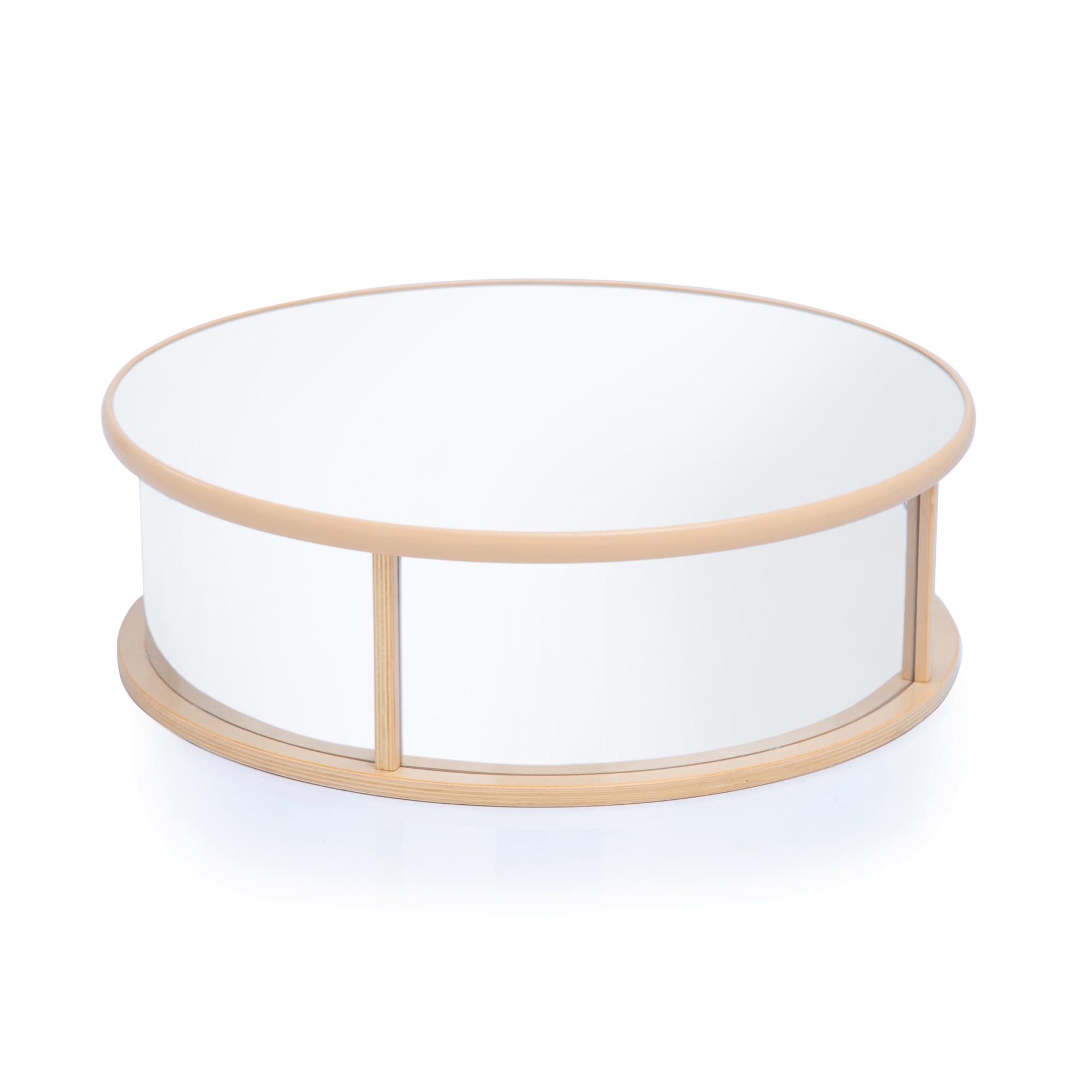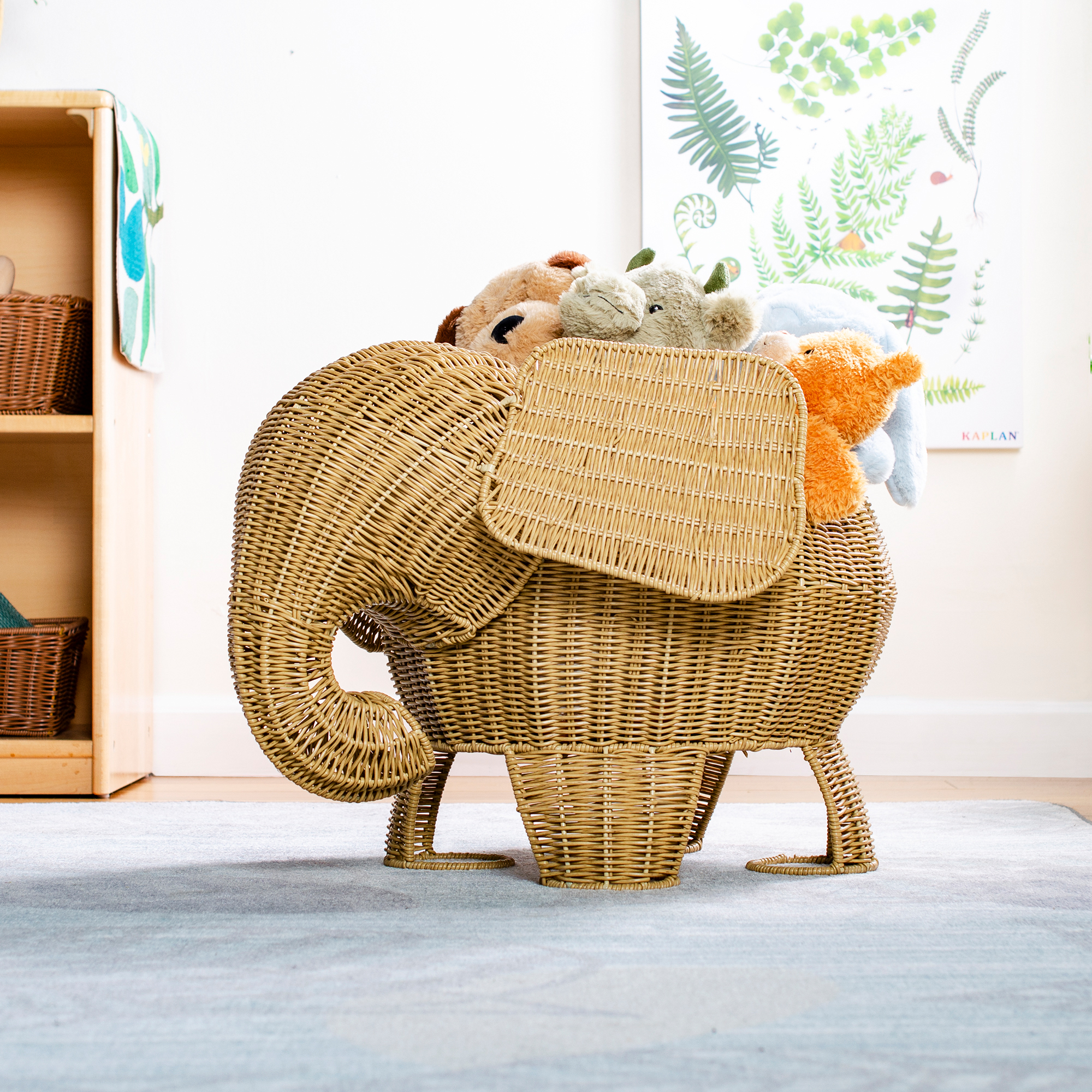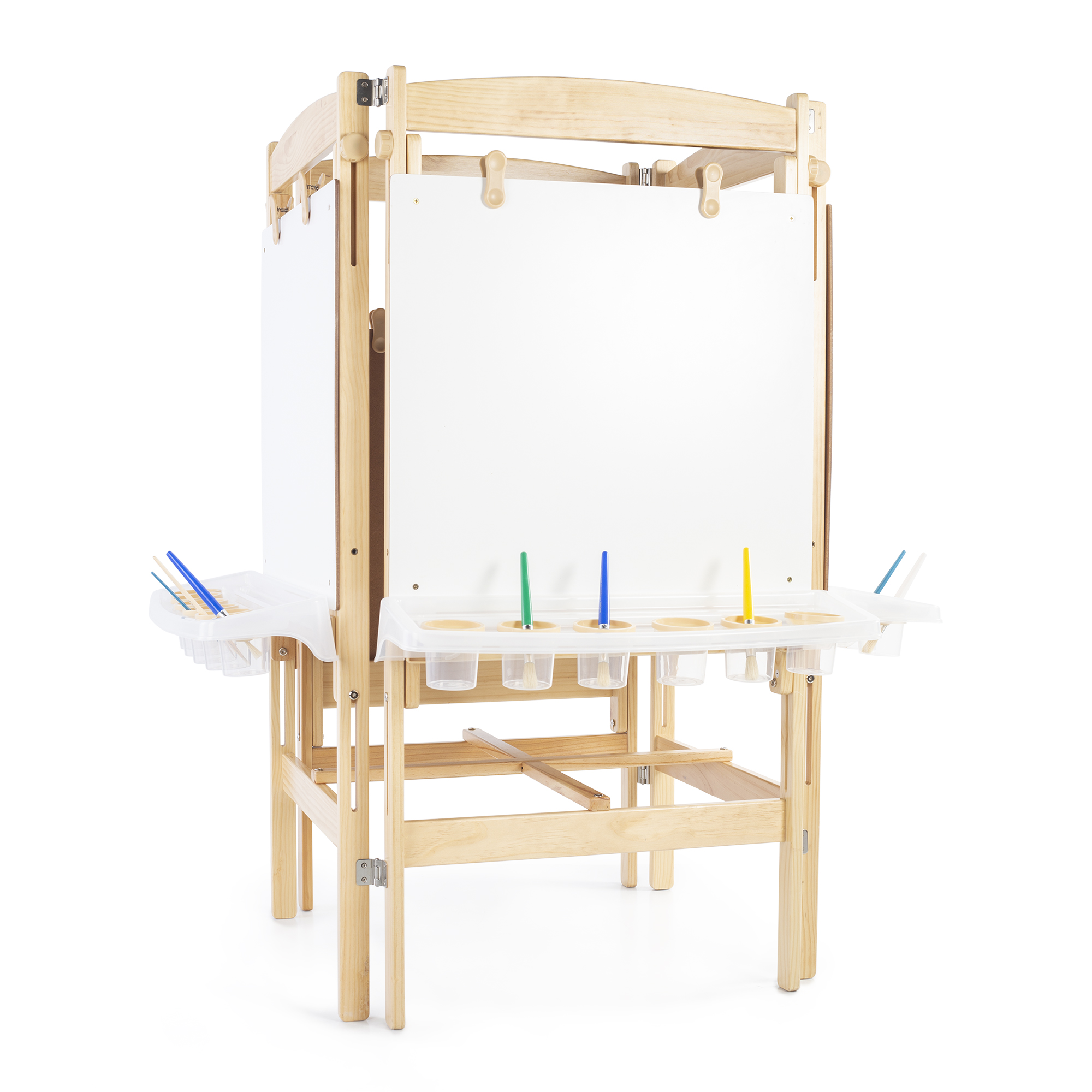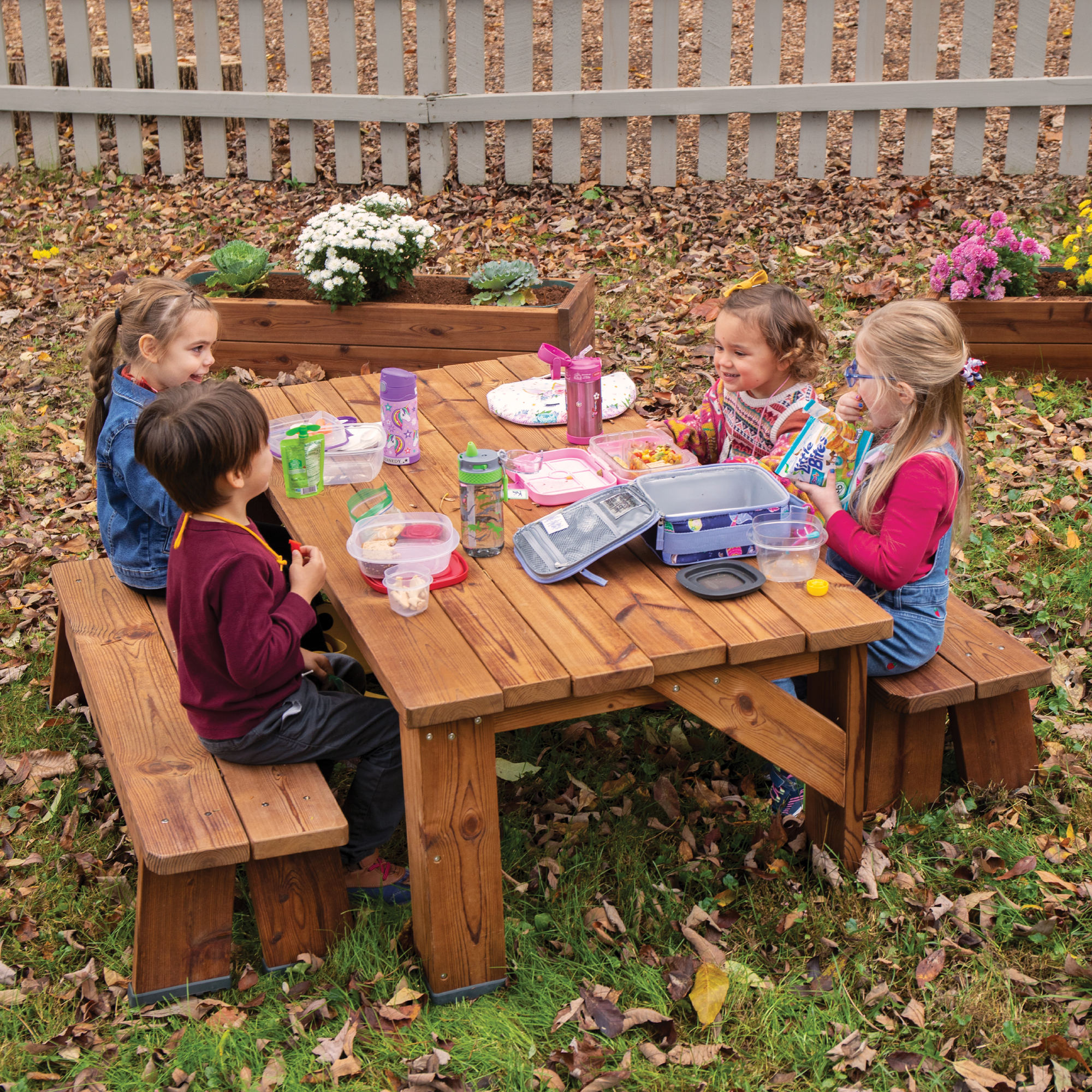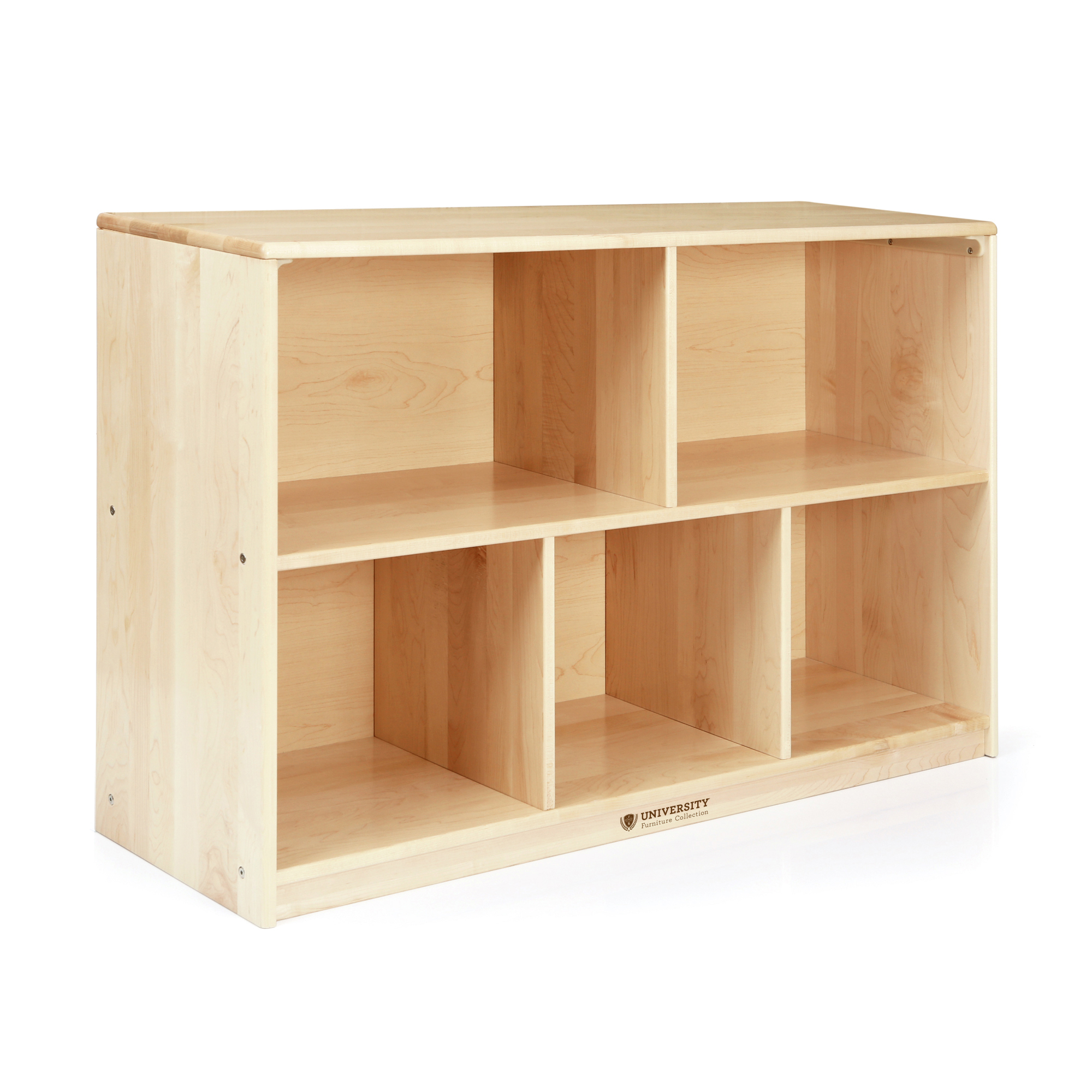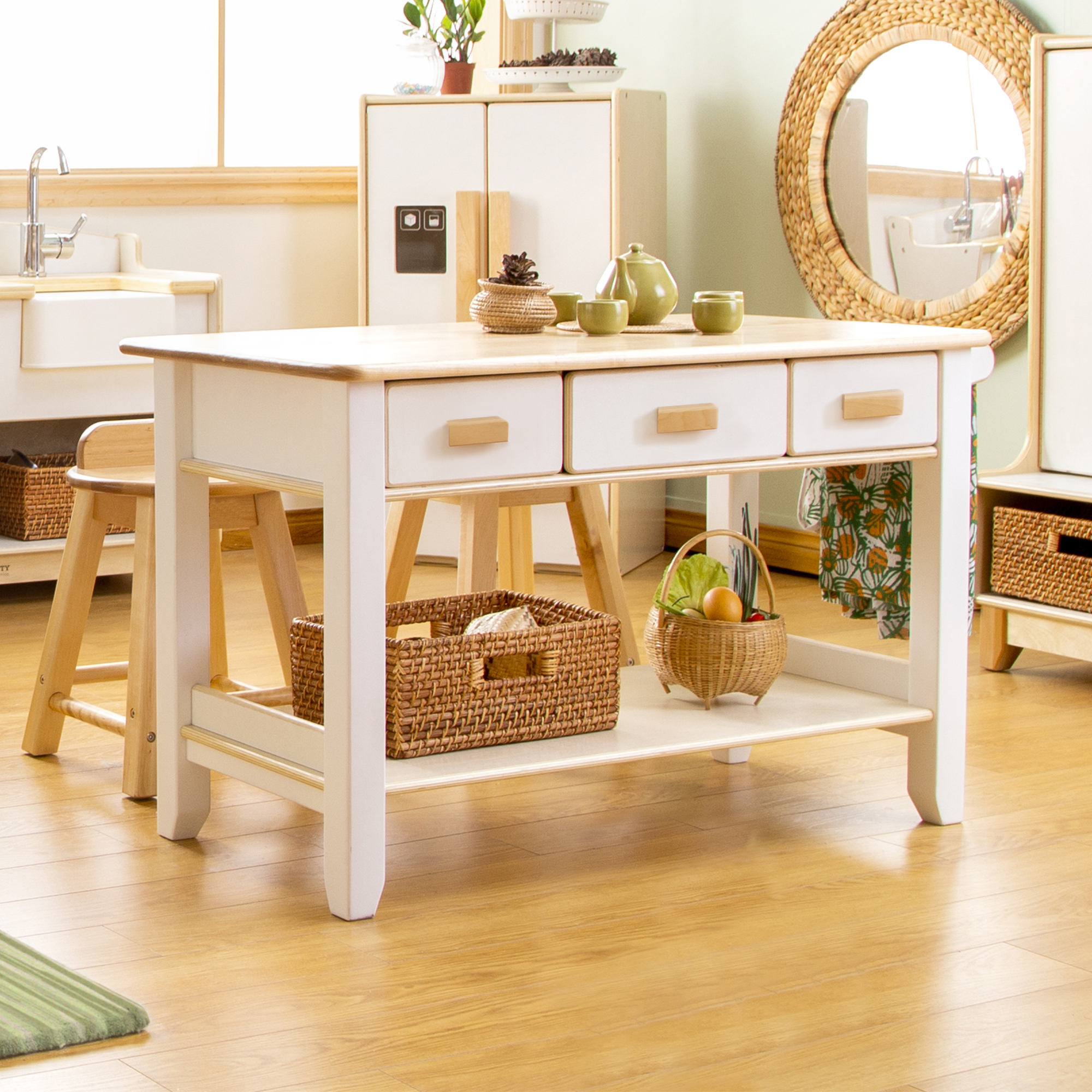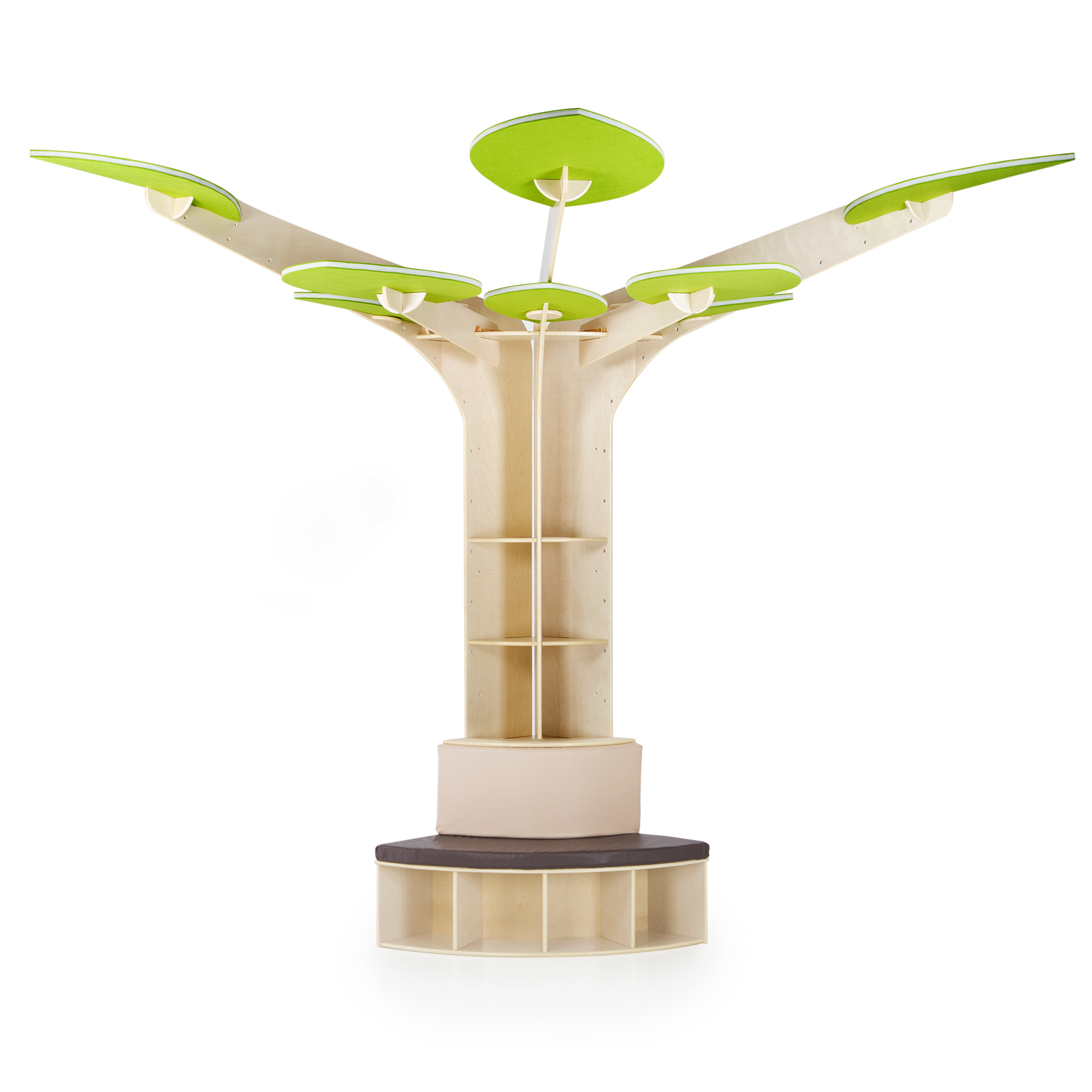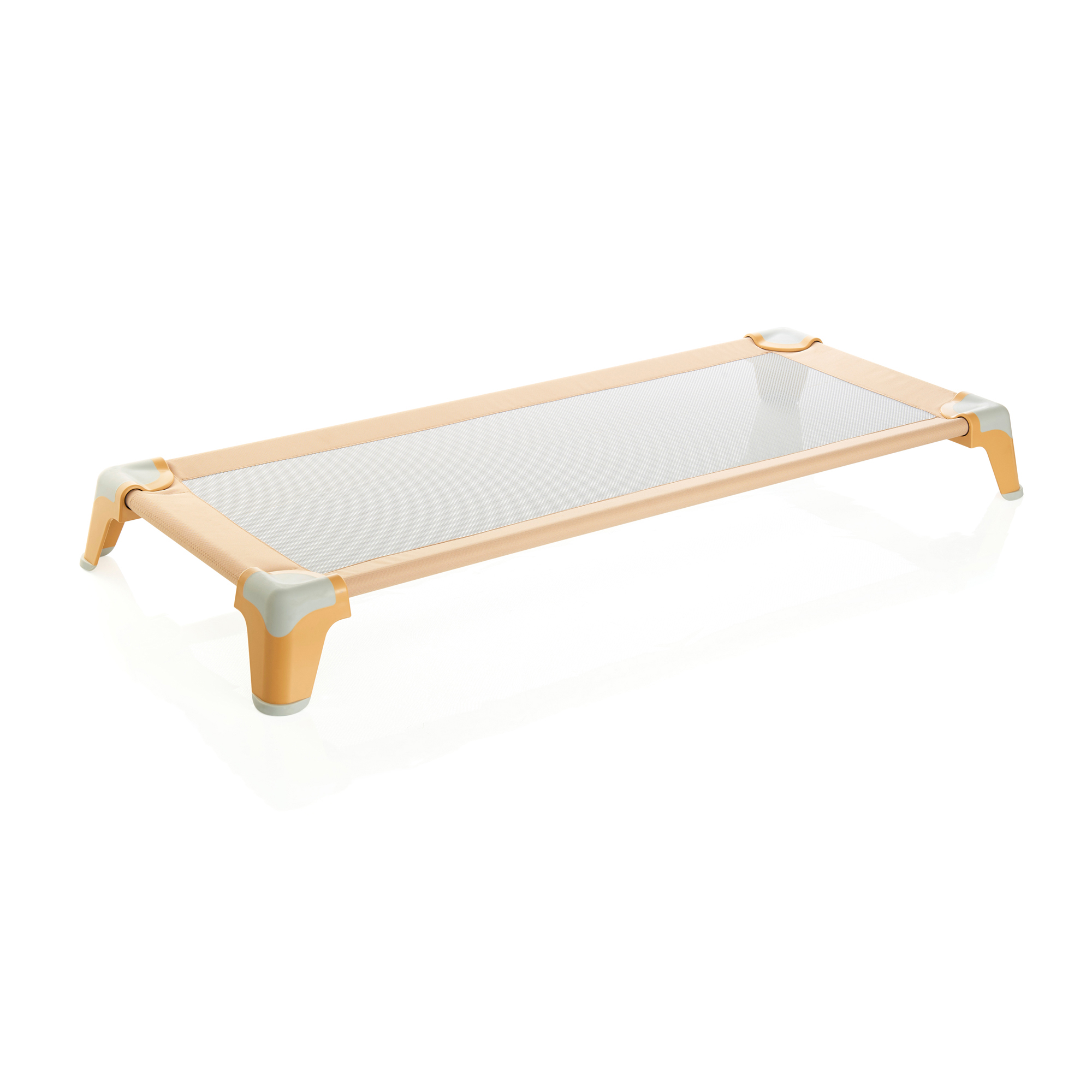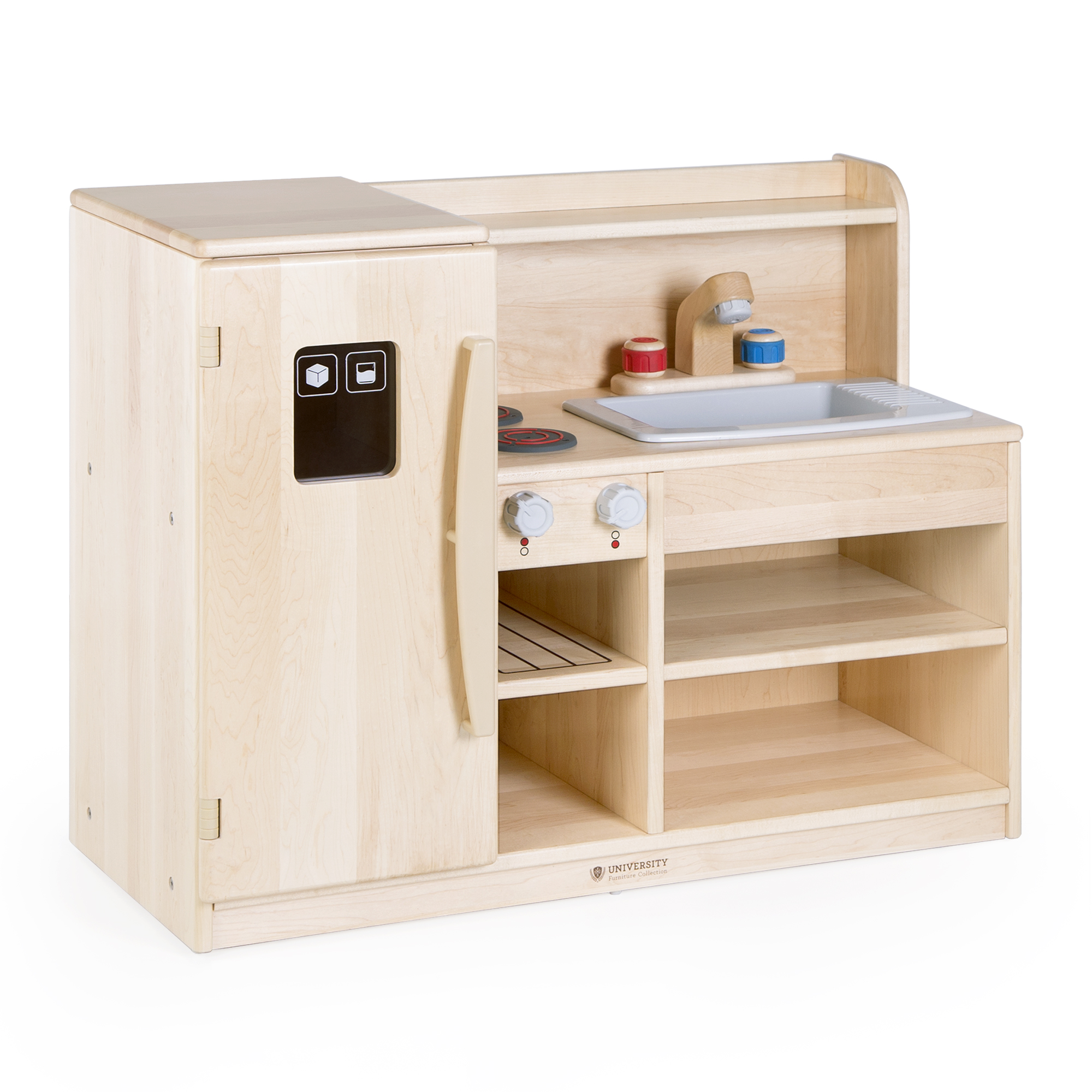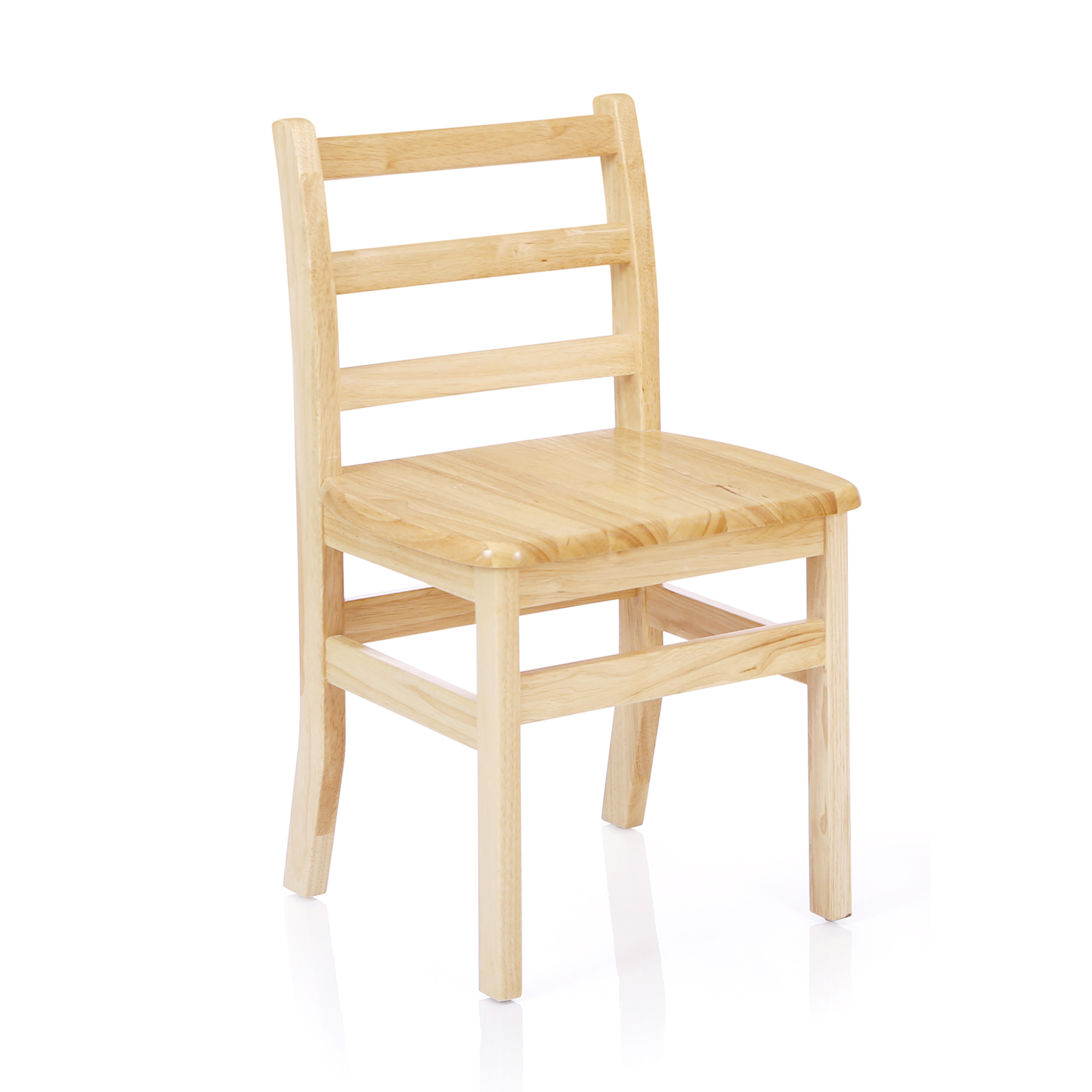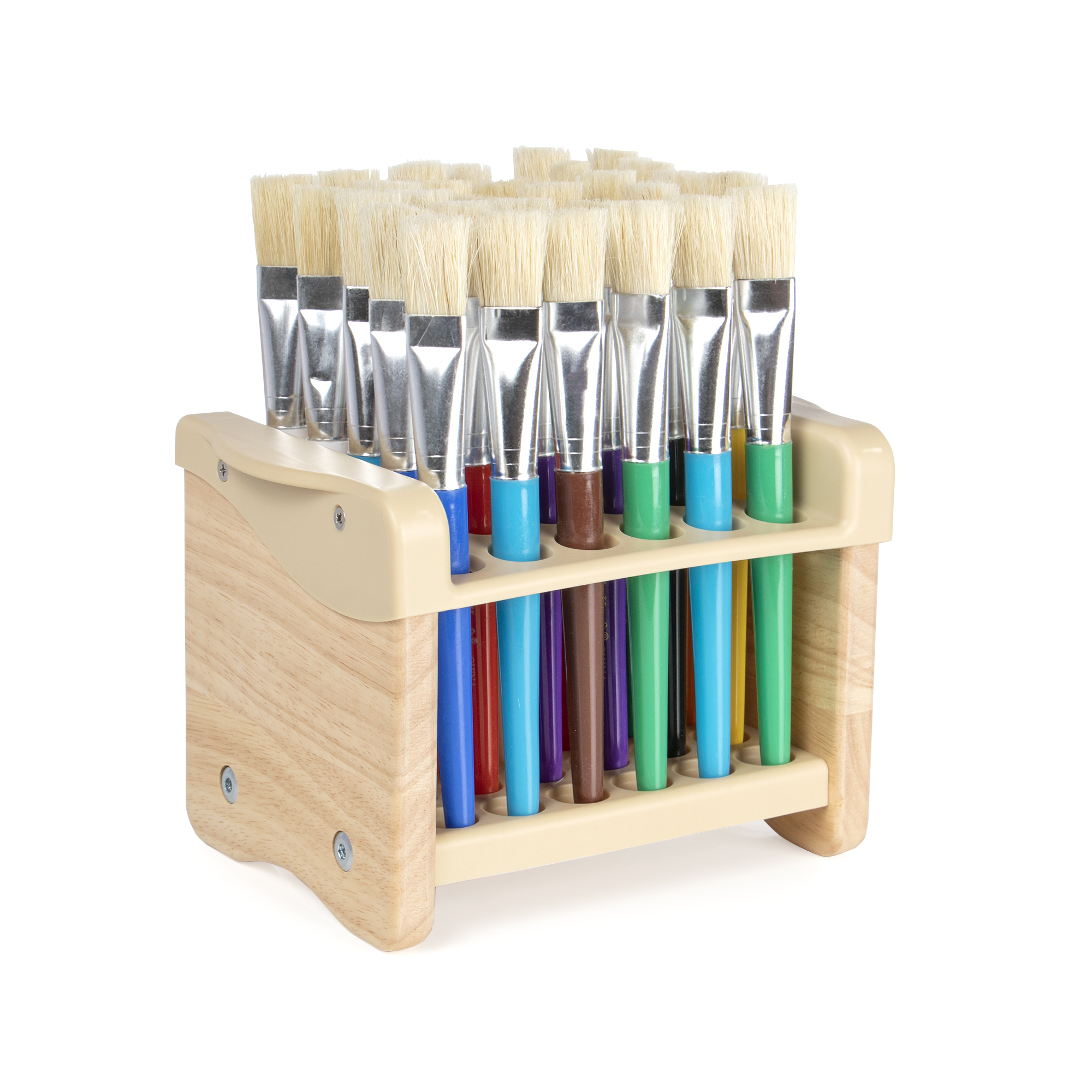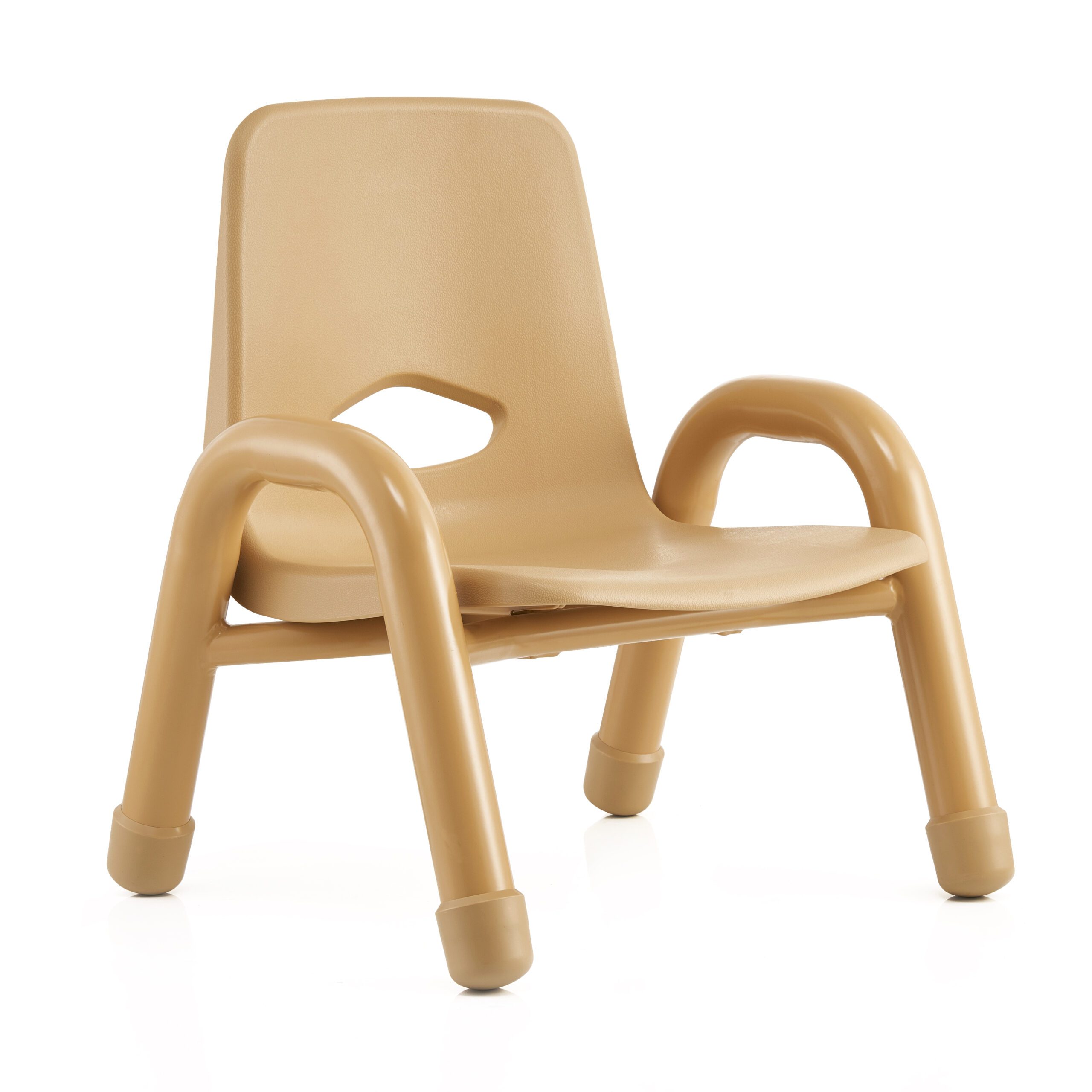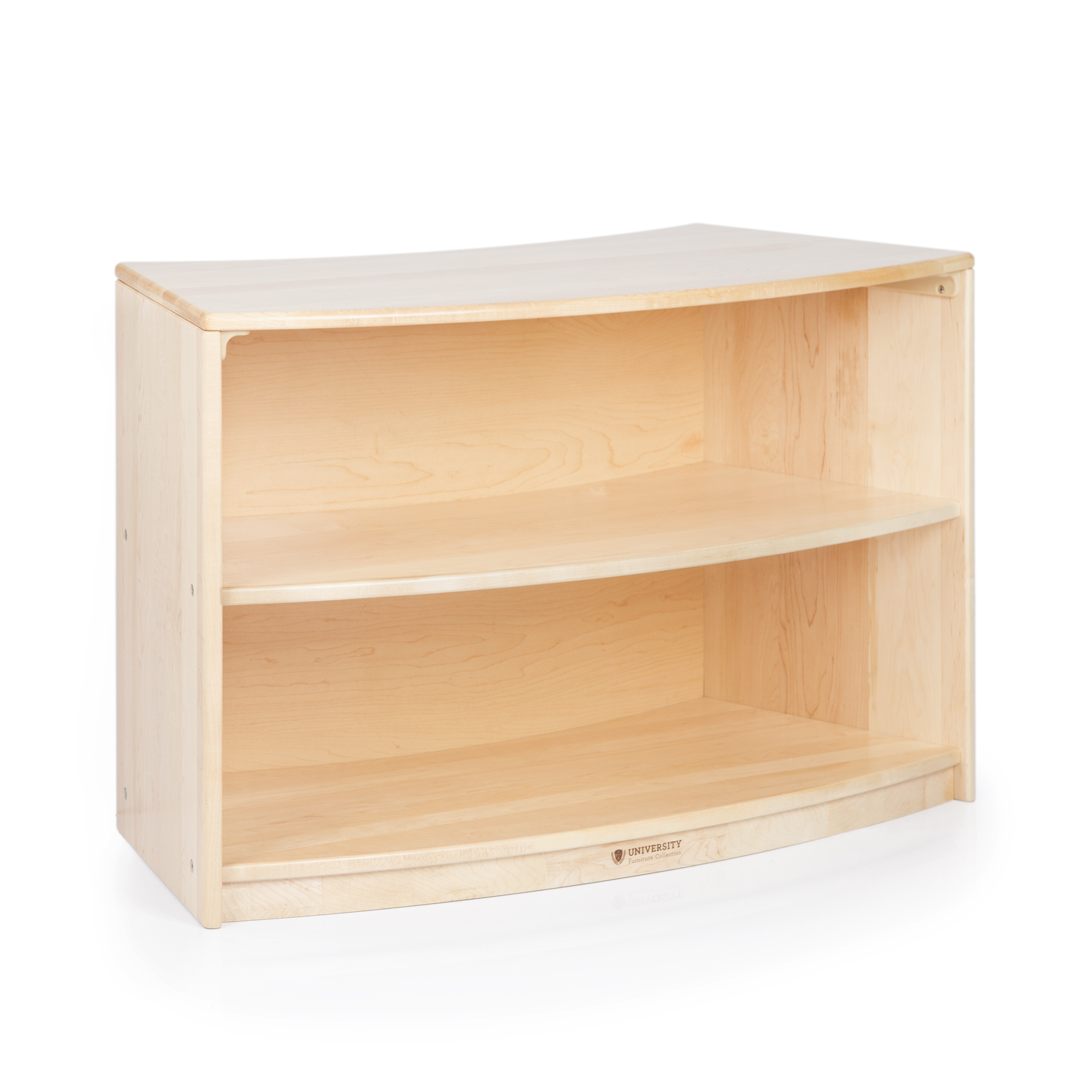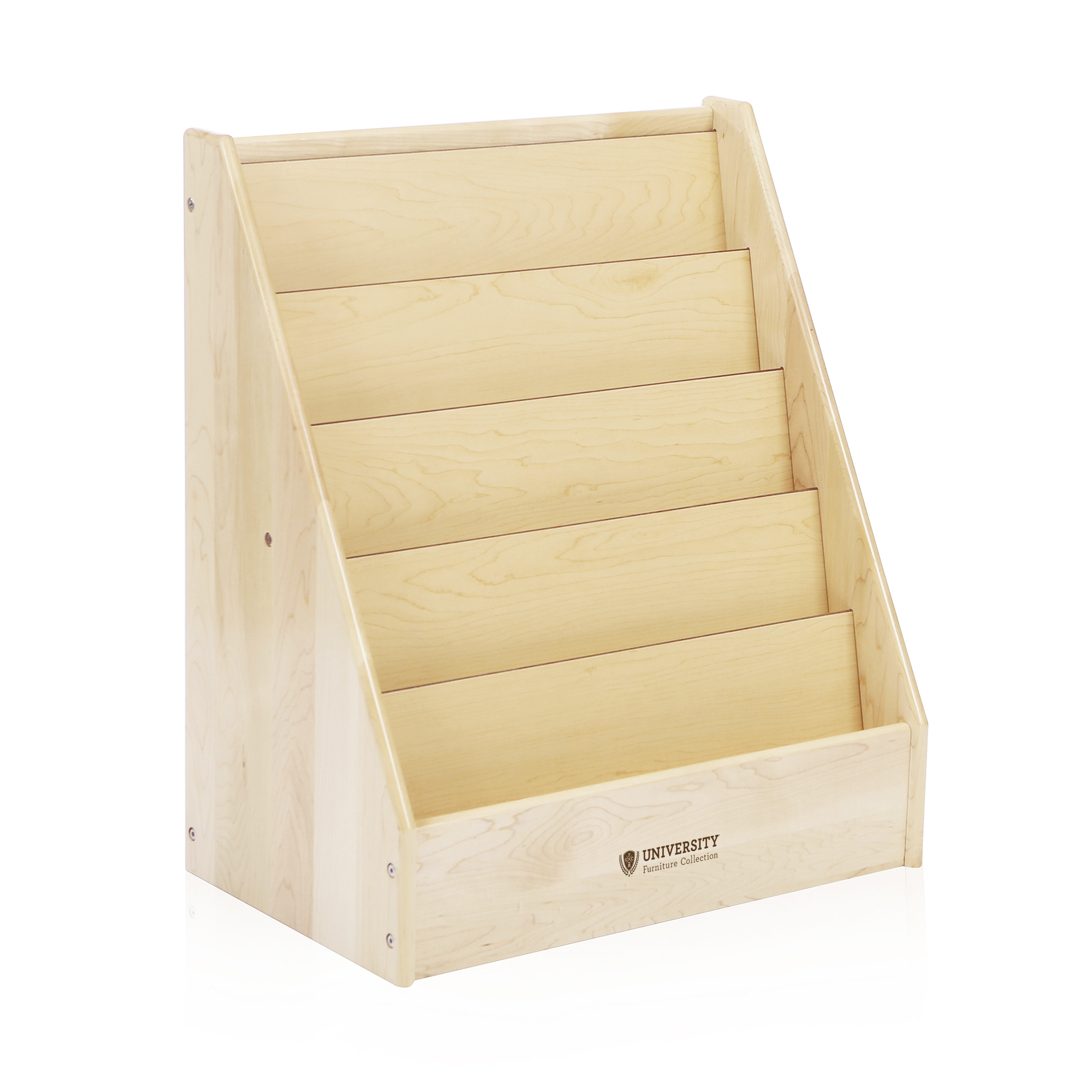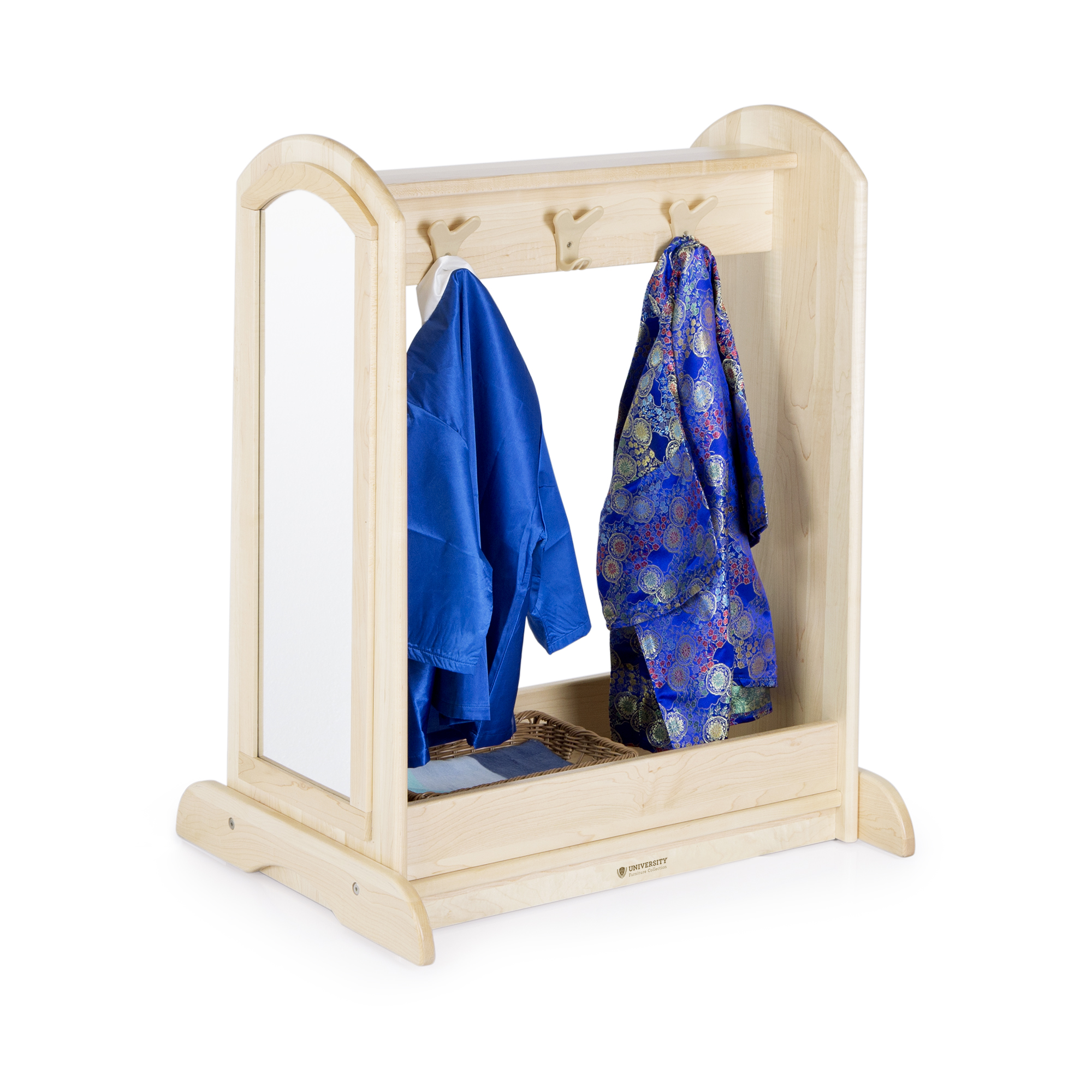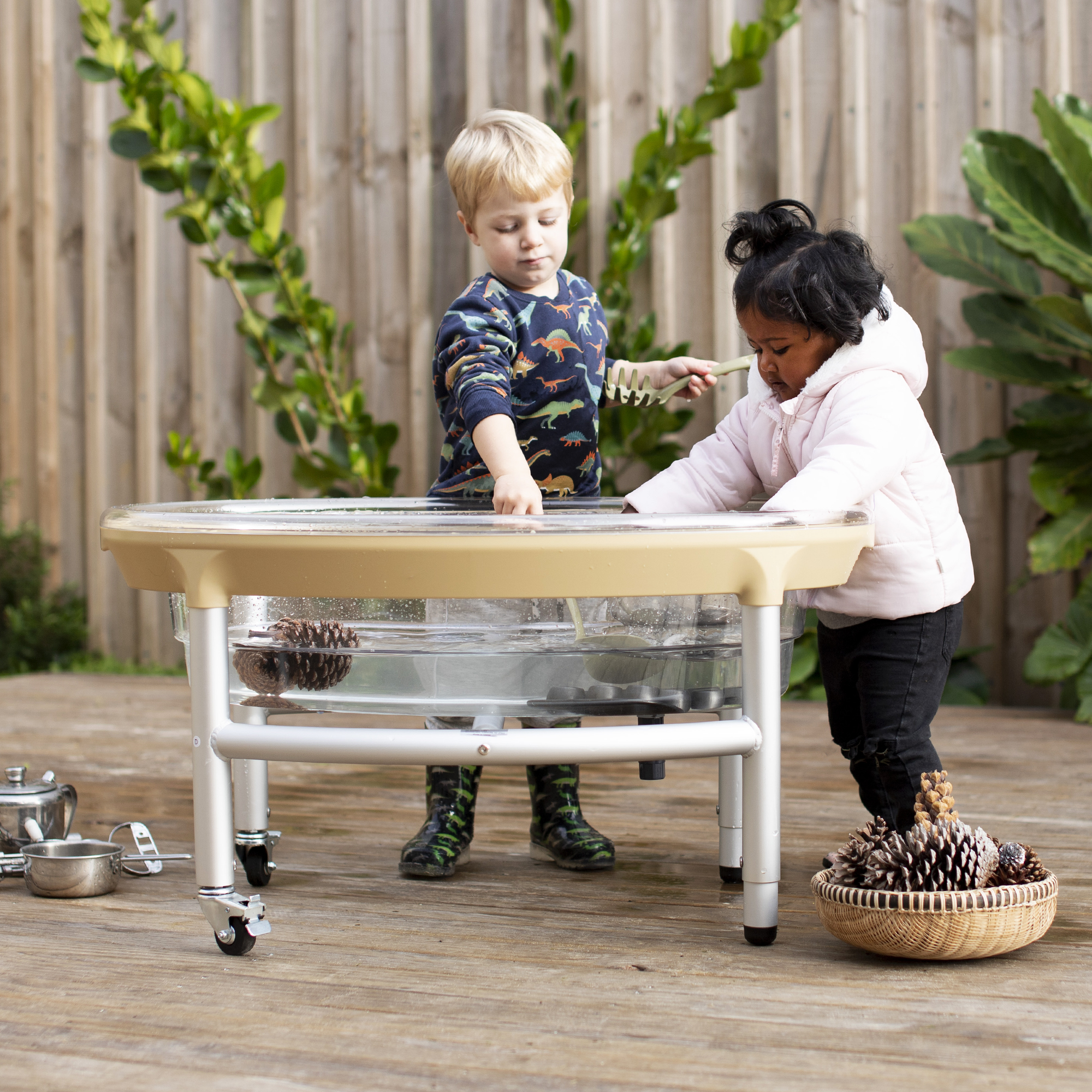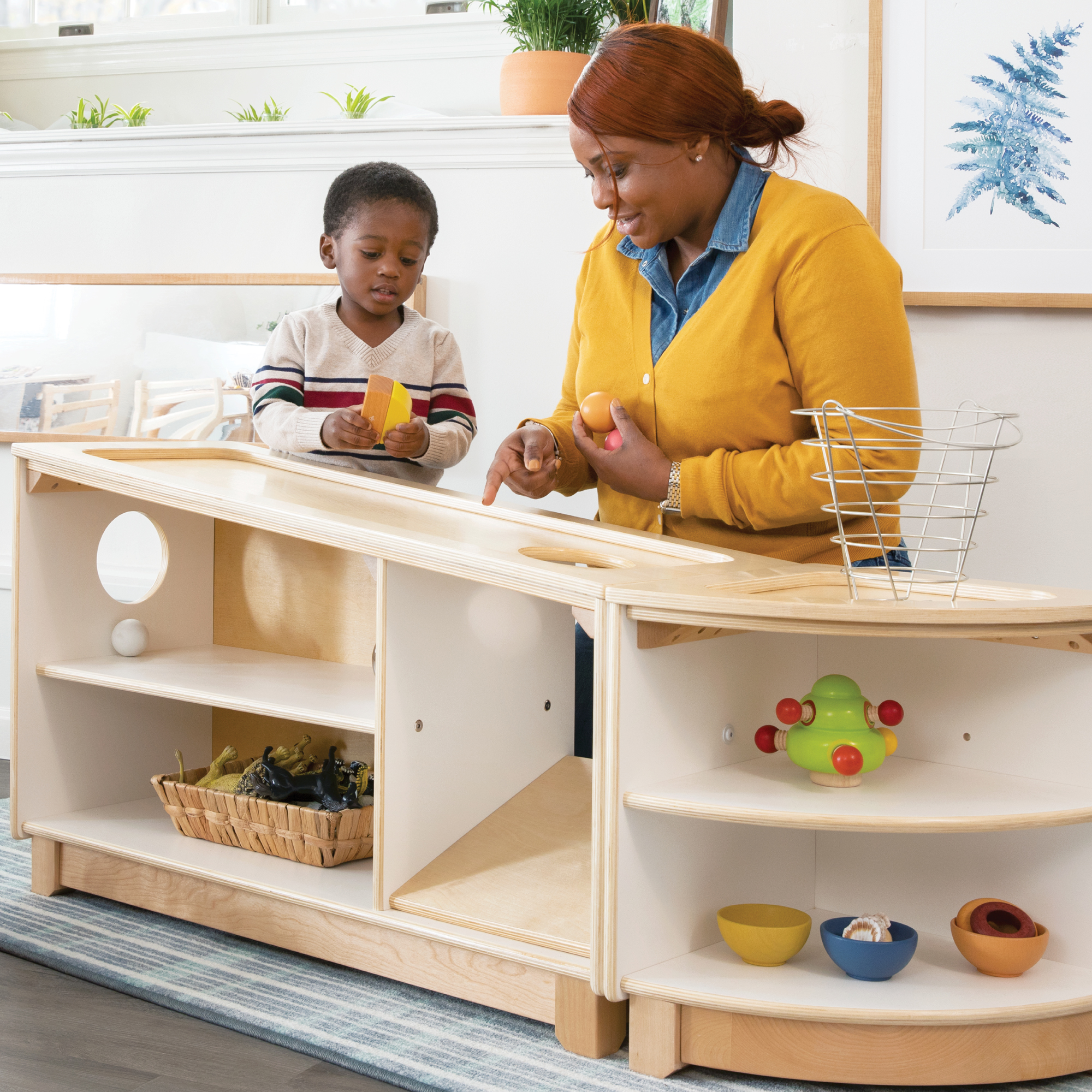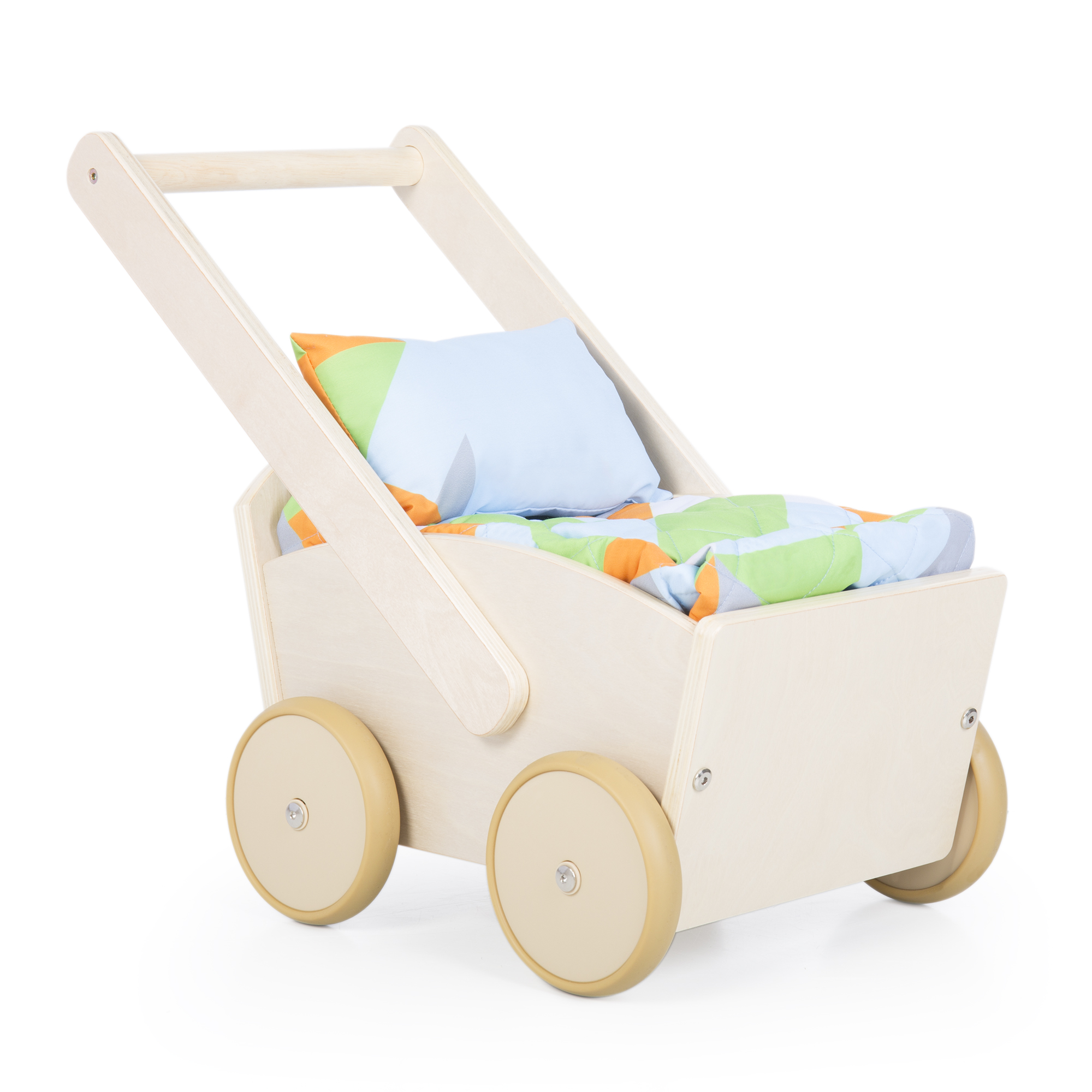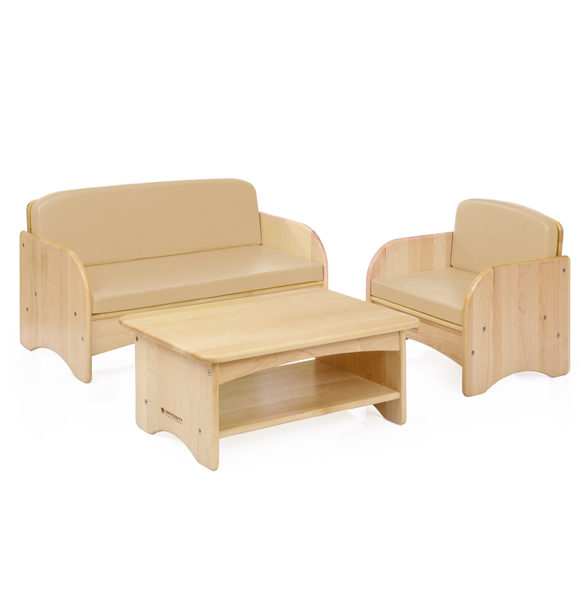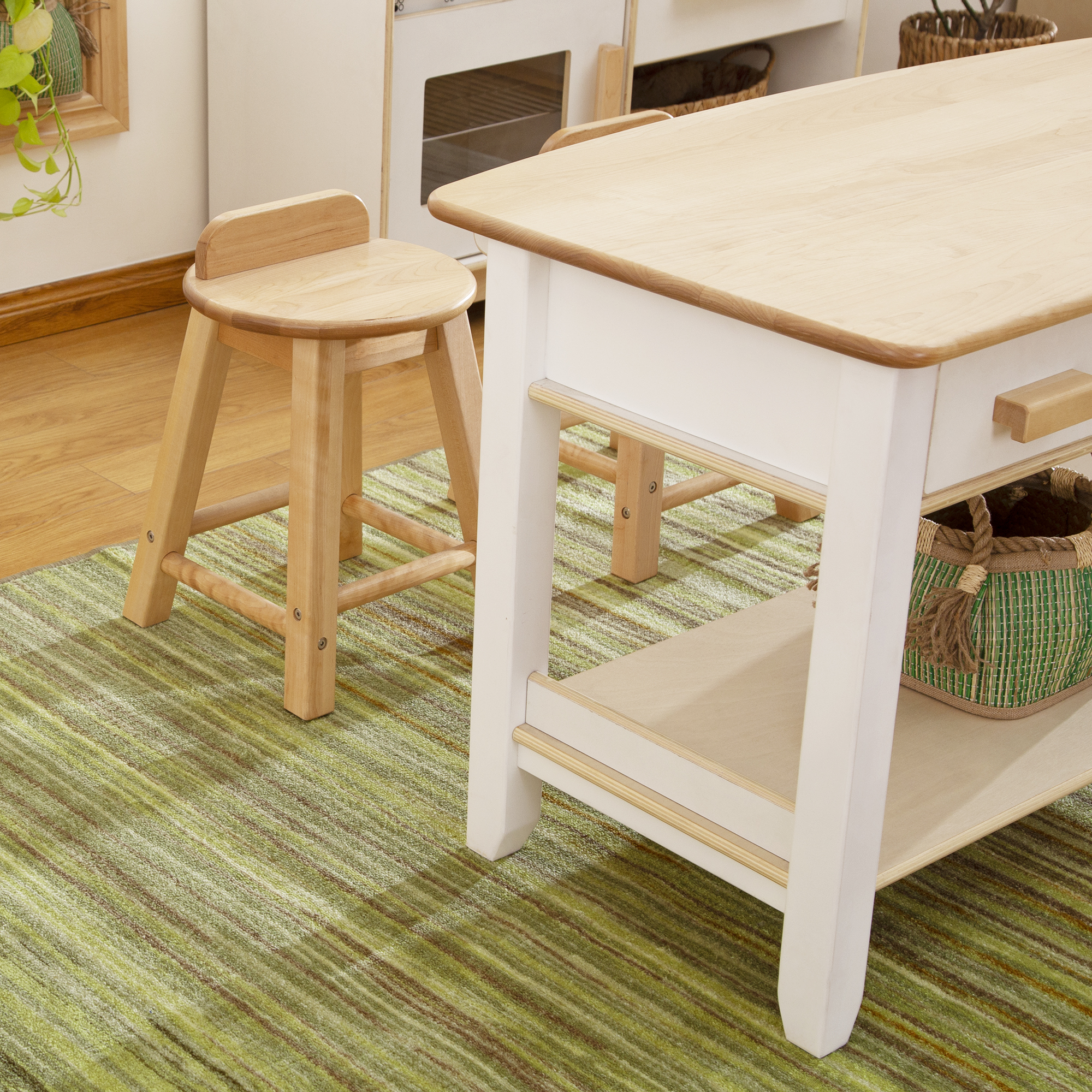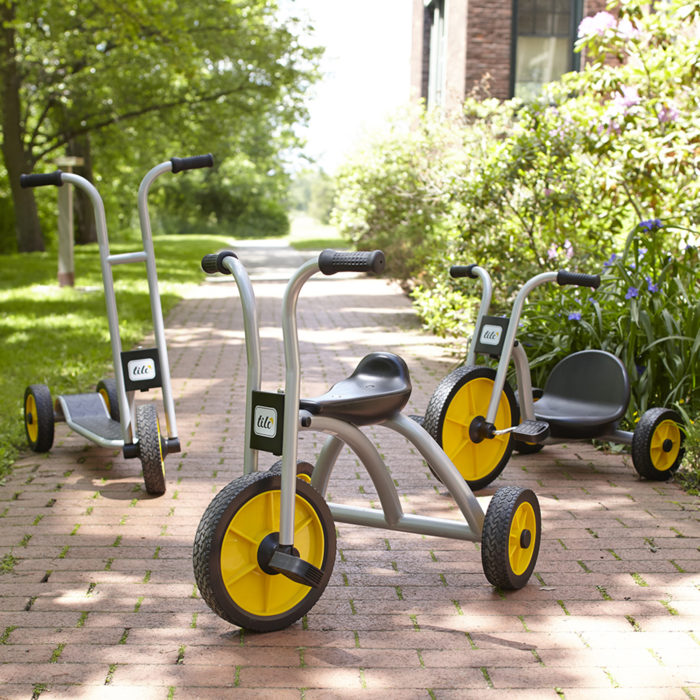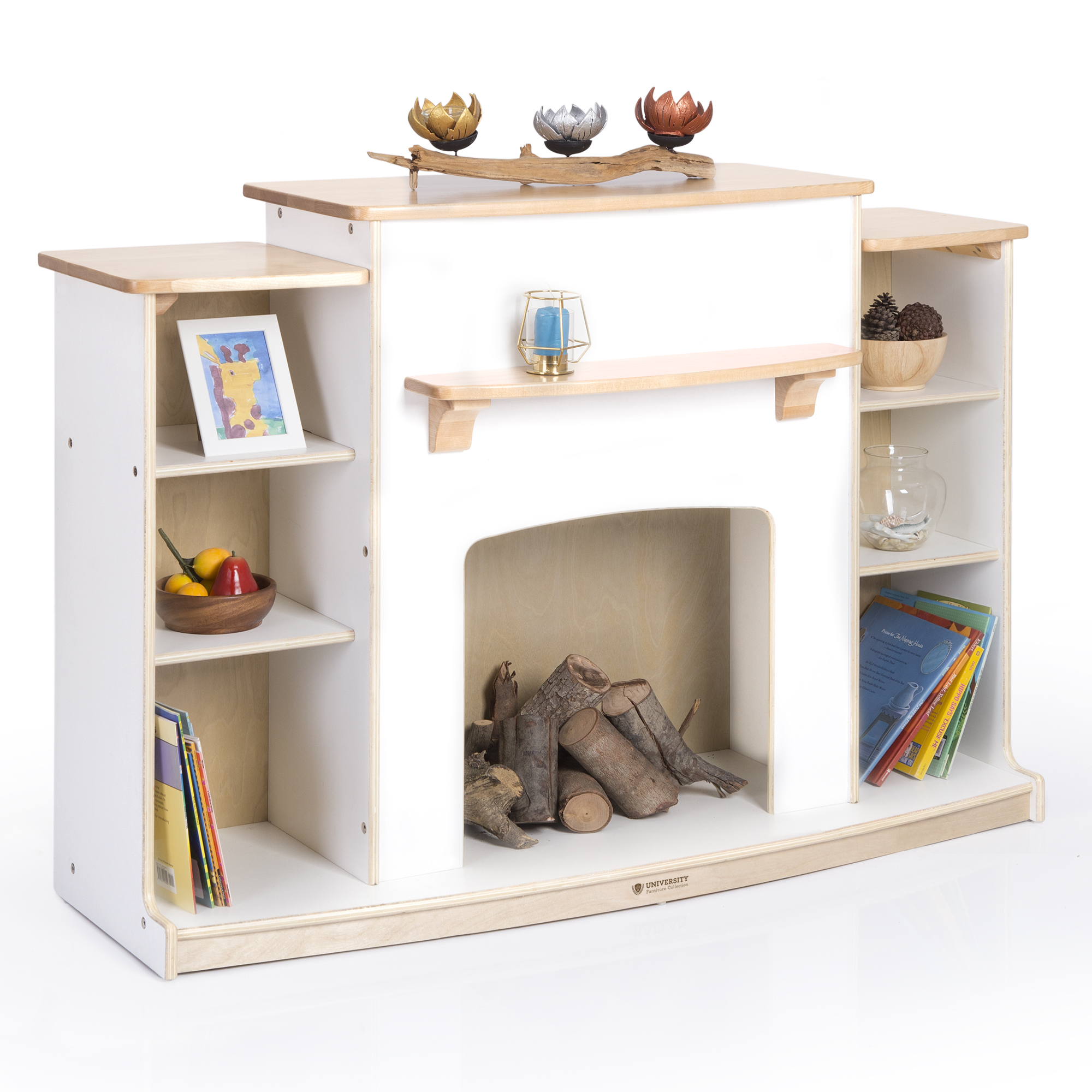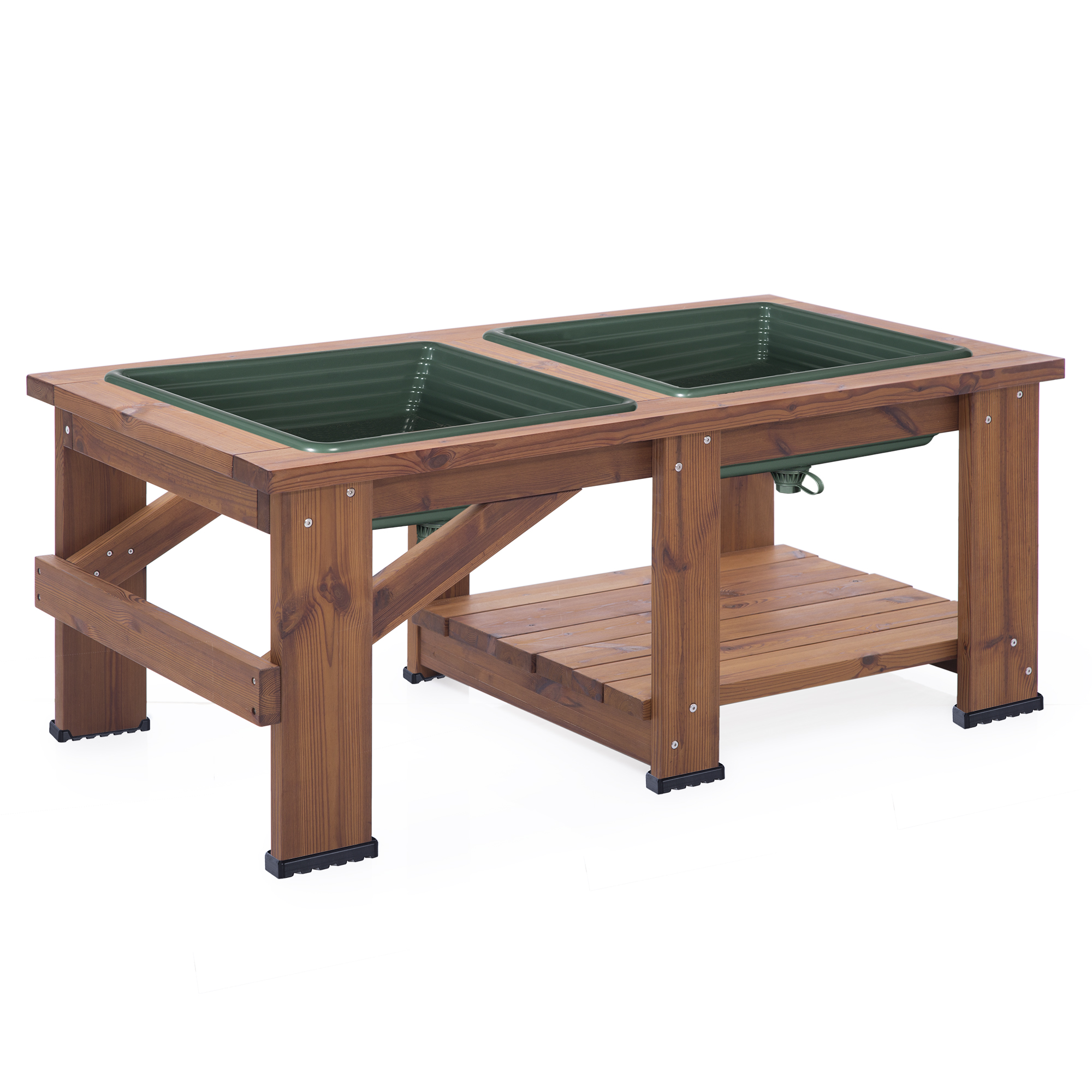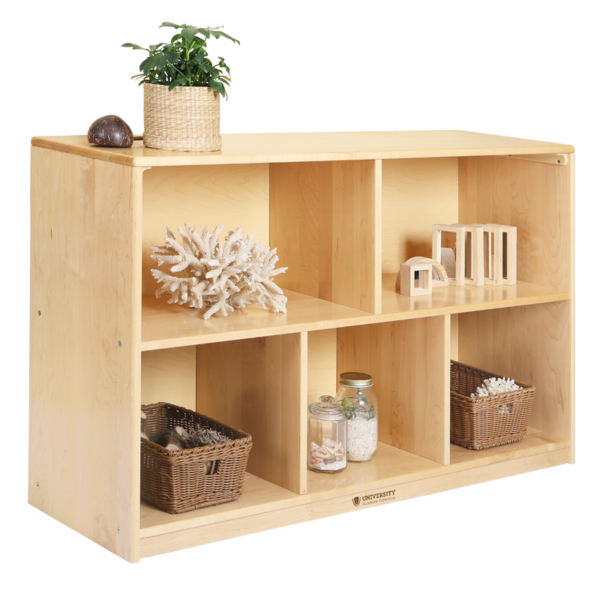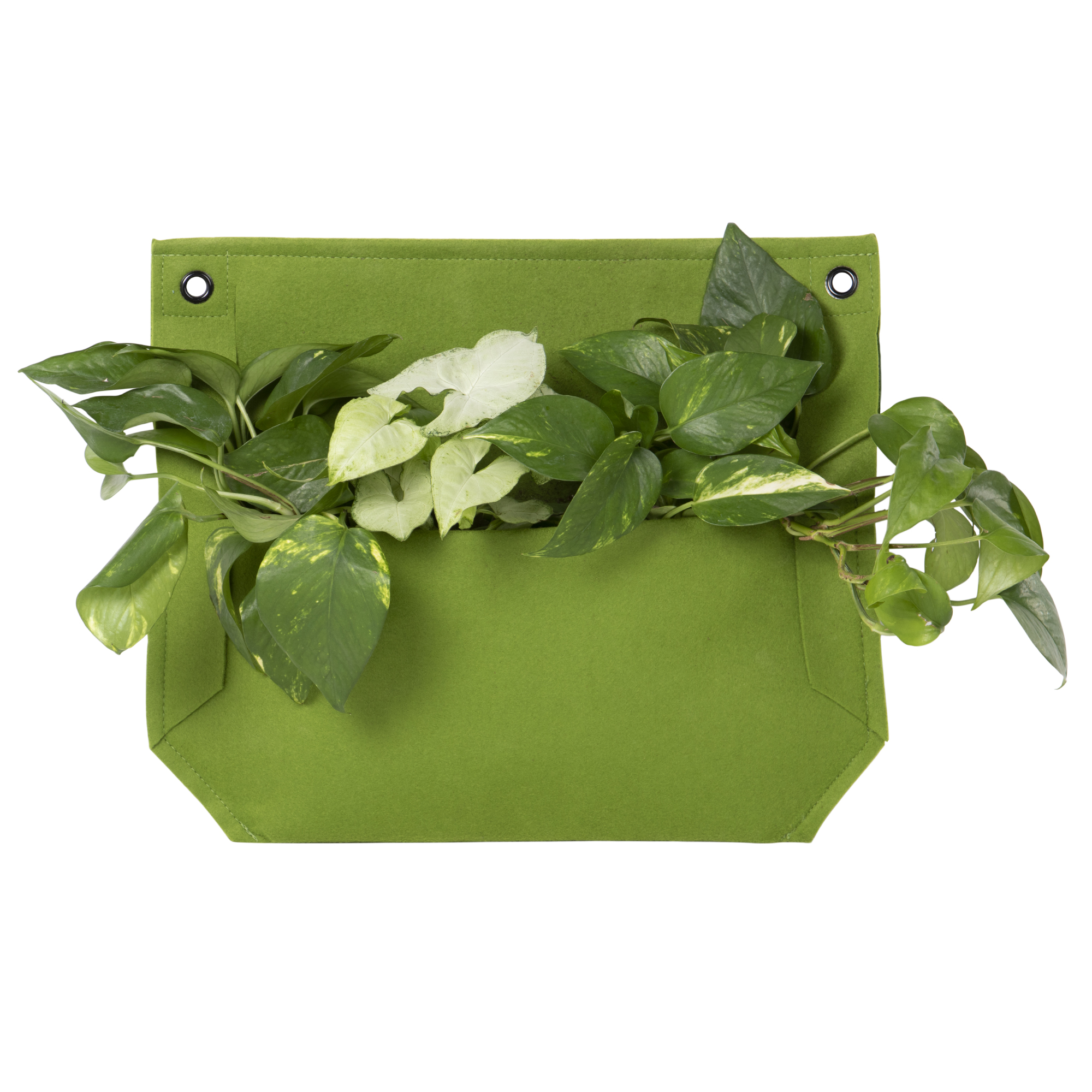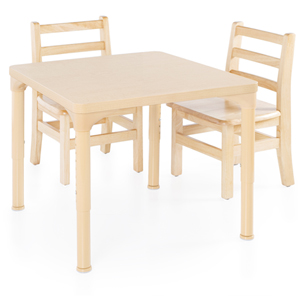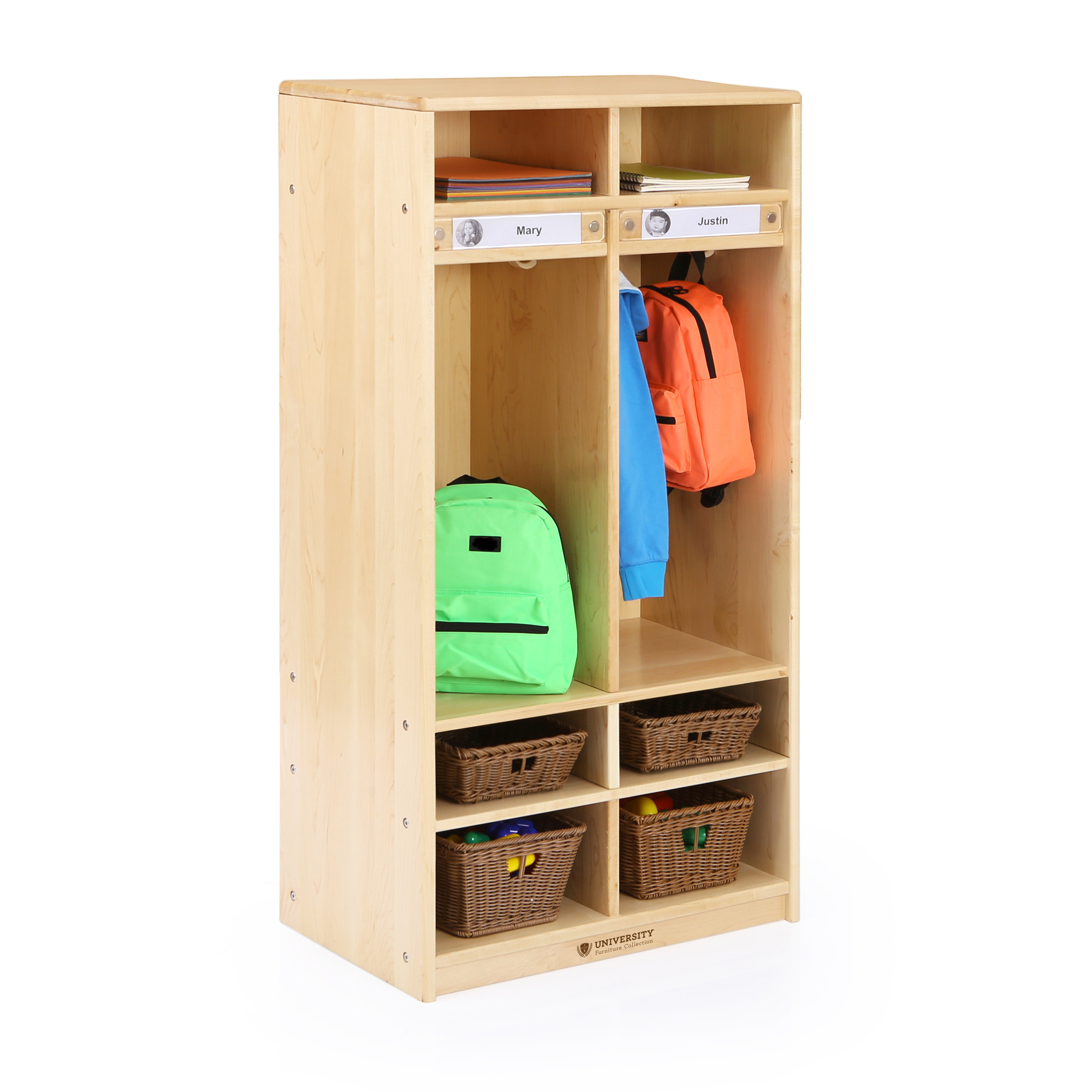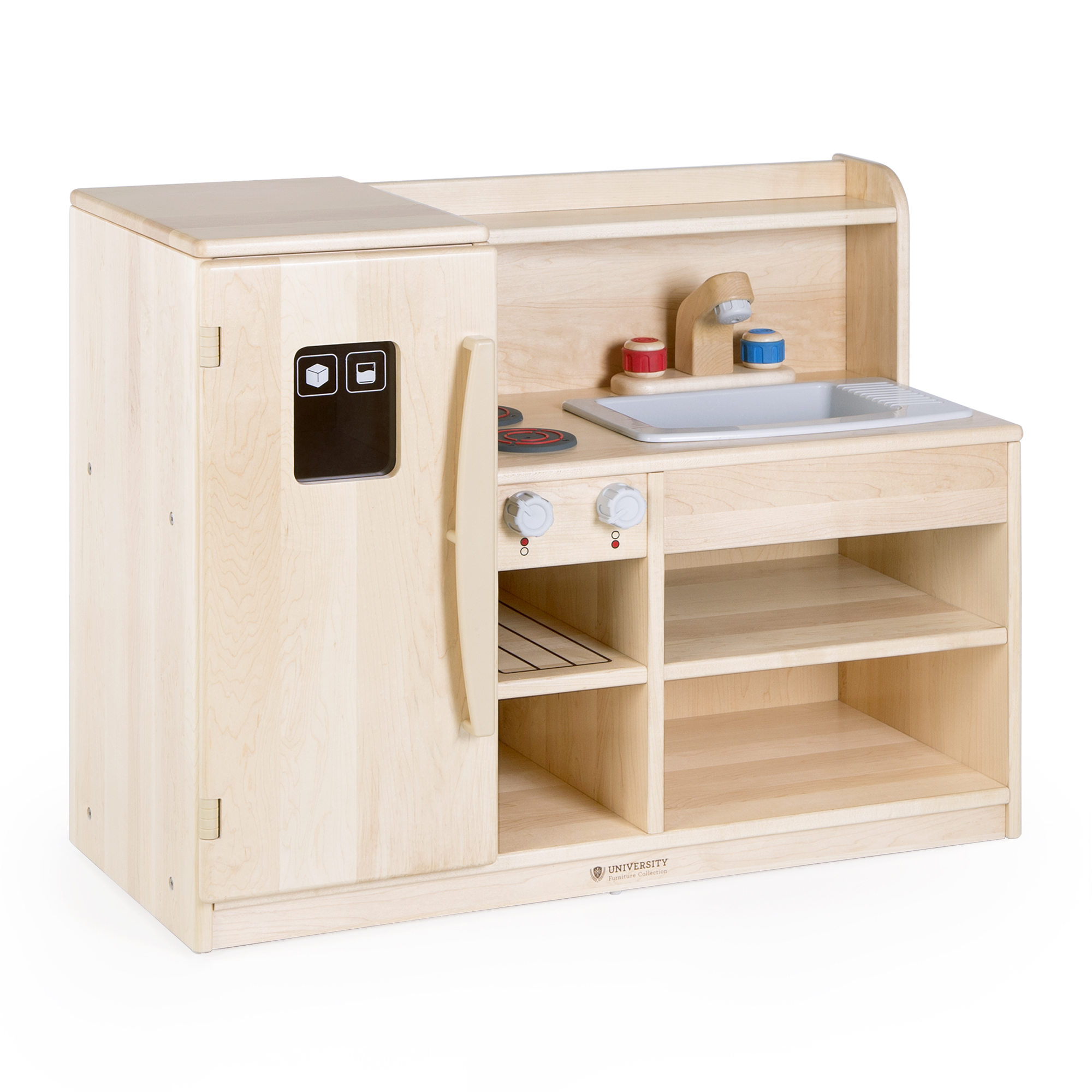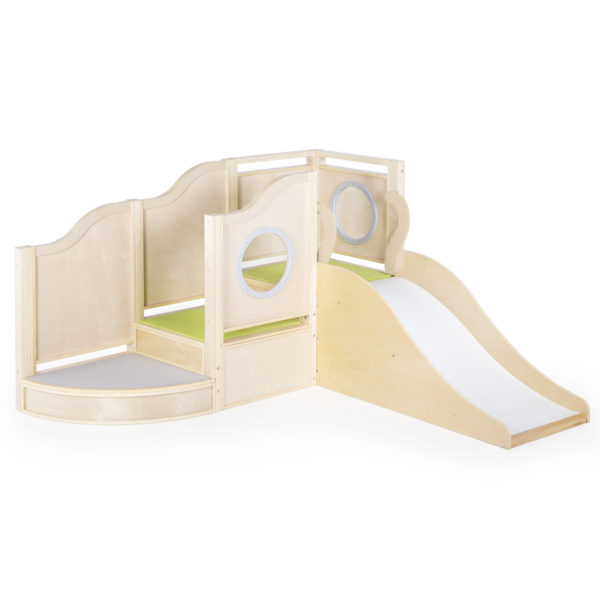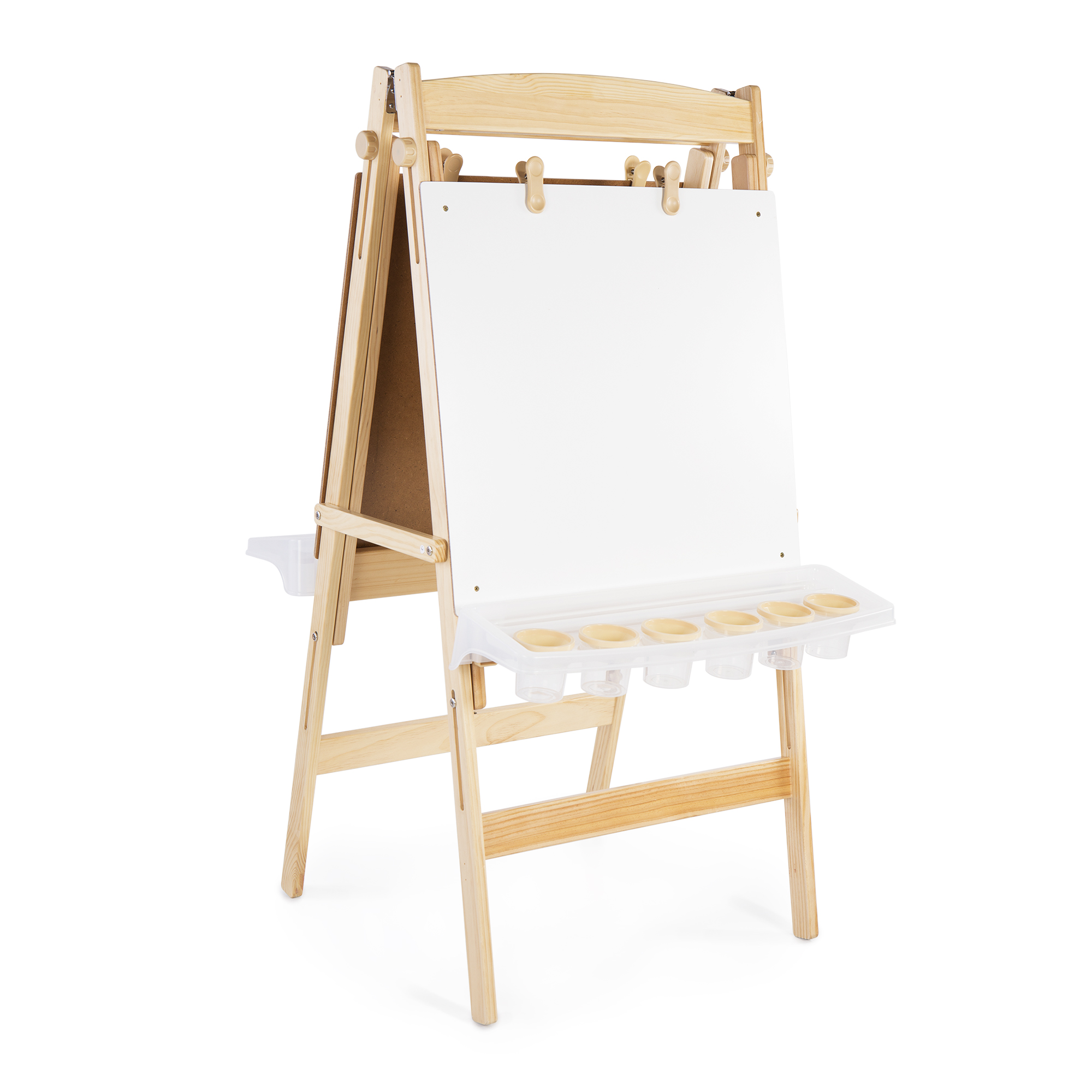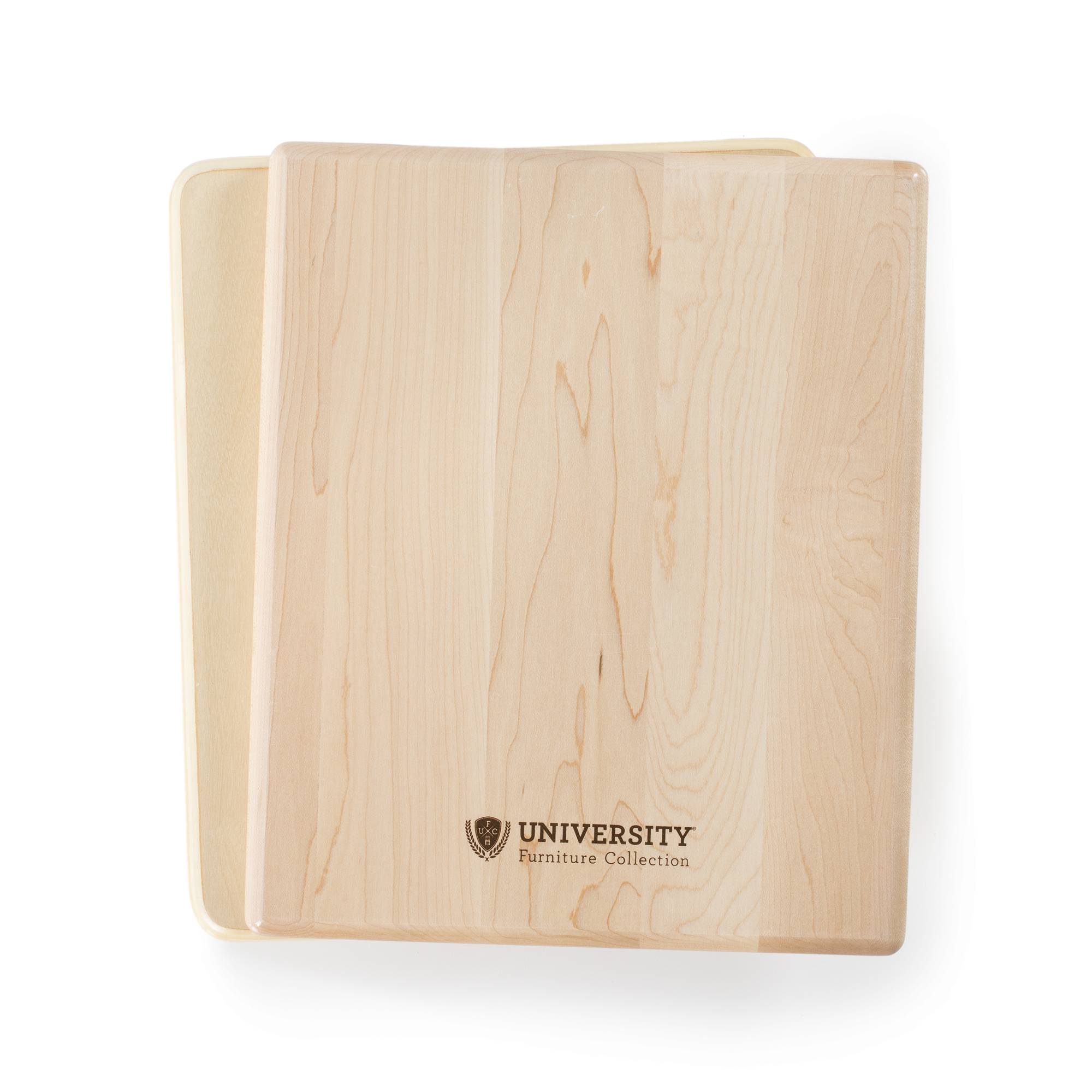Harmony Panel System
Physical barriers help children adapt to different play areas of the classroom, as well as ensuring a safe separation of mixed-age groups who occupy the same space. The Harmony Panel System, with its various windows, gates and panels, provides observation stations for infants, mobile areas for toddlers and an unrestricted view of the classroom for teachers.
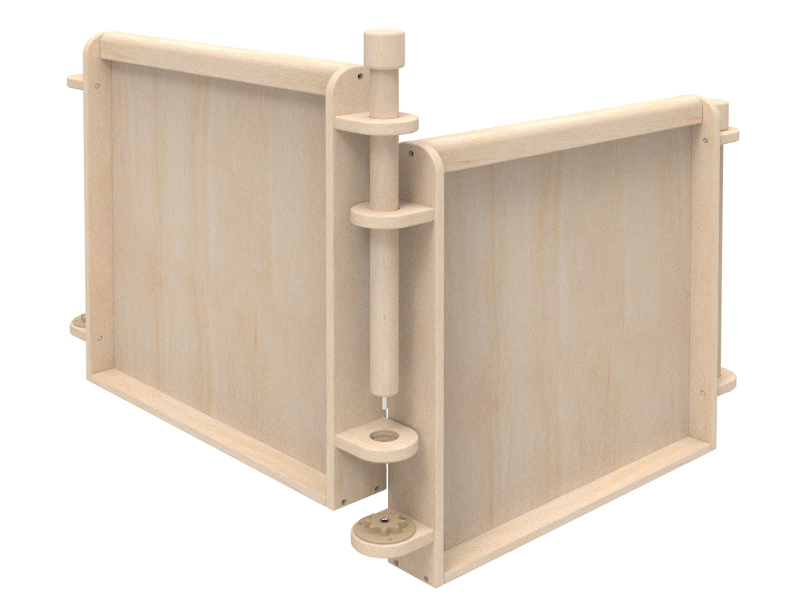
Staying Connected
Wooden dowels stabilize gate connection points at multiple angles. After interlocking the gears at the desired angle (45°, 90° or 180°), simply insert the dowel and screw into place.
Custom Spaces
Enhance room arrangements by combining furniture pieces into your Harmony panel system setup. Harmony adaptor pieces are available in two sizes to help create height appropriate design combinations.
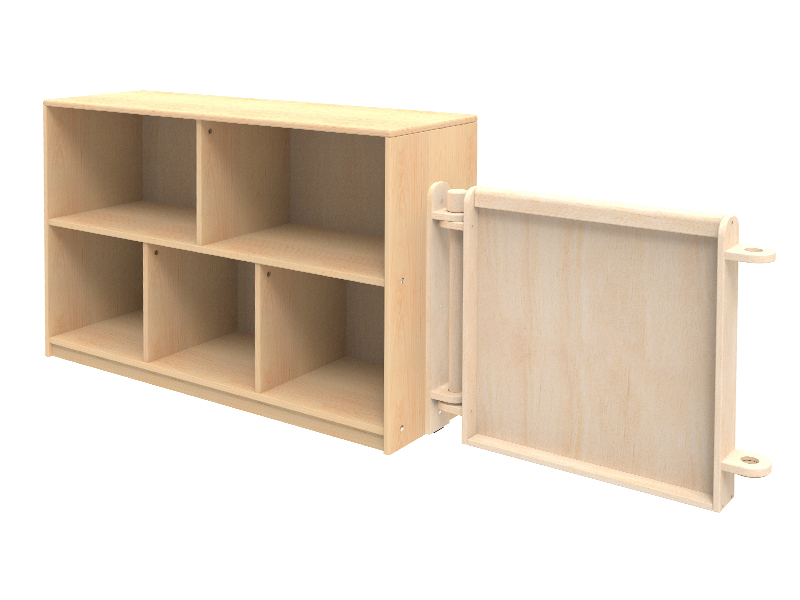
Creating Harmony
While it is important to have the essential equipment needed to care for babies safely and efficiently, we should also provide them with moments to richly explore their very new surroundings. Their first attempts in navigating their surroundings are never their last, so it is important for childcare personnel to provide spaces for these early endeavors.
Changing Area
Having a separate changing area is not only sanitary, it also helps keep caretakers organized. The changing area should be away from the feeding area but near a sink to ensure a clean work space.
Room to Crawl
Every day, infants and toddlers work to reach developmental milestones. They begin to crawl, use vertical surfaces to stand and explore new spaces. Their first attempts in navigating their surroundings are never their last, so it is important for childcare personnel to provide cushioned surfaces for these early endeavors.
Separate Play Spaces
High-energy toddlers need to interact freely with their environment and explore different spaces of the classroom, while younger infants require more quiet explorations and one-on-one interactions with caretakers.
